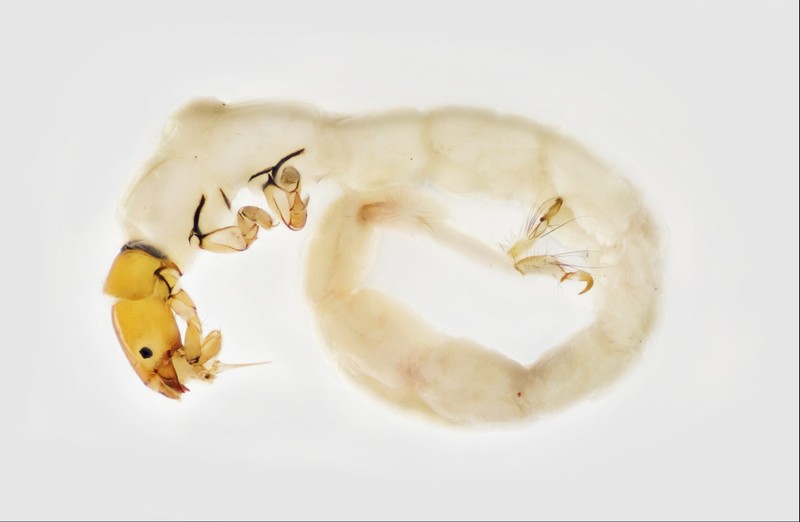order
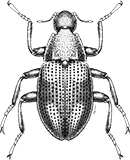
Coleoptera
“Adult Beetles”

Coleoptera
“Larval Beetles”

Diptera
“True Flies”

Ephemeroptera
“Mayflies”

Hemiptera
“True Bugs”

Lepidoptera
“Aquatic Caterpillars, Snout Moths”

Megaloptera
“Alderflies, Dobsonflies, and Fishflies”
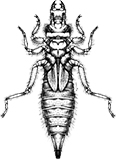
Odonata
“Dragonflies and Damselflies”

Plecoptera
“Stoneflies”

Trichoptera
“Caddisflies”
family
Dipseudopsidae
“Pitot-tube Caddisflies”
Family Overview
Dipseudopsidae


Pitot-tube Caddisflies
Phylocentropus is the only genus in the family Dipseudopsidae in North America. Larvae burrow in sand or soft sediment and stabilize the walls of their burrow by shoring them with silk extruded from a long, movable spinneret. The tips of the branching burrow protrude above the sediment, looking like little sticks. A side branch of the retreat is enlarged and contains a silken net used to filter tiny bits of organic matter for food. They tend to live in pools or along the edges of slow-moving water. They are found throughout the eastern and central United States. Characters unique to this group include a large hump between membranous meso- and metanota, the especially long spinneret, and flattened tarsi longer than the tibiae.
Characteristics
POLLUTION TOLERANCE
Mid-Atlantic: up to 5
Upper Midwest: up to 4
Southeast: up to 5.6
0 = least tolerant, 10 = most tolerant
FEEDING HABITS
Collector / Filterer
MOVEMENT
Burrower
Diagnostic Characters
order
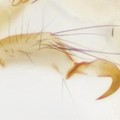
Prolegs With Single Hook
family
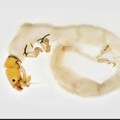
Branching Retreat
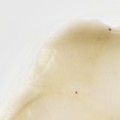
Hump Between Nota
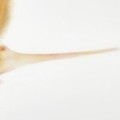
Large Spinneret
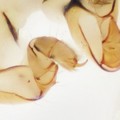
Tarsi Flattened
+ Expanded Character List
Order:
Larvae: Wings/wing pads absent. Eye spots present, but compound eyes absent. Antennae usually small, inconspicuous. Three pairs of segmented legs present on thorax. Pair of anal prolegs, each with single hook, located on last abdominal segment. Larvae can be free-living, in silken retreats attached to substrate, or in usually-portable tubes or cases made of sand, rocks, or plant material.
Family:
Large spinneret, half as long as head. Labrum sclerotized, never withdrawn or T-shaped. Antennae tiny and inconspicuous. Pronotum without anterolateral lobes. Meso- and metanota membranous with large hump between them. Tarsi flattened and longer than tibiae. Abdominal tergum IX without sclerite. Larvae living in branching tube-like retreats buried in sand or soft sediment, except tips of branches sticking above sediment.
Lateral




